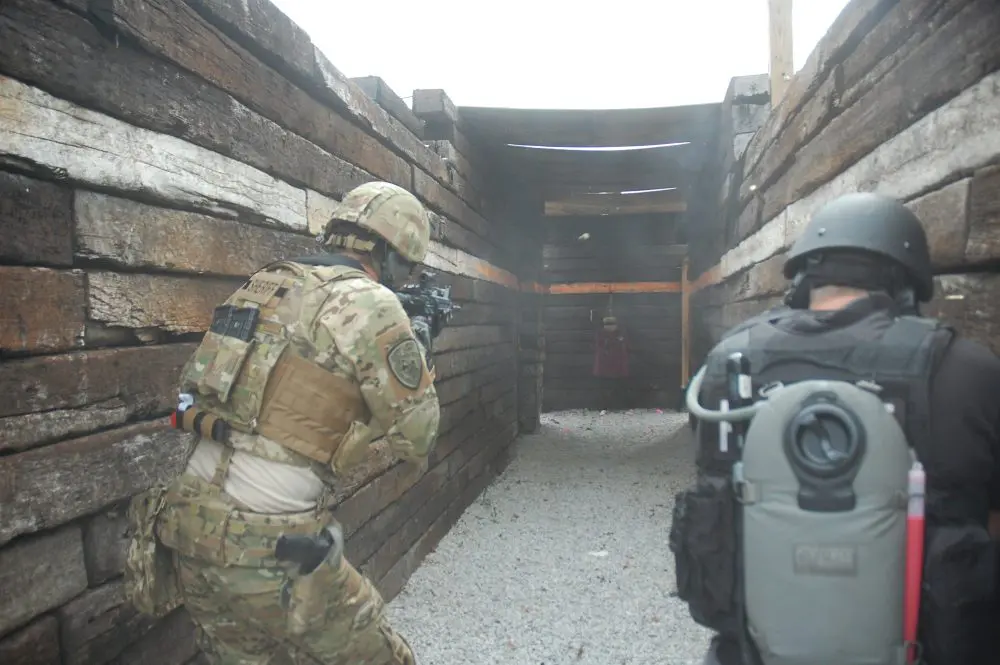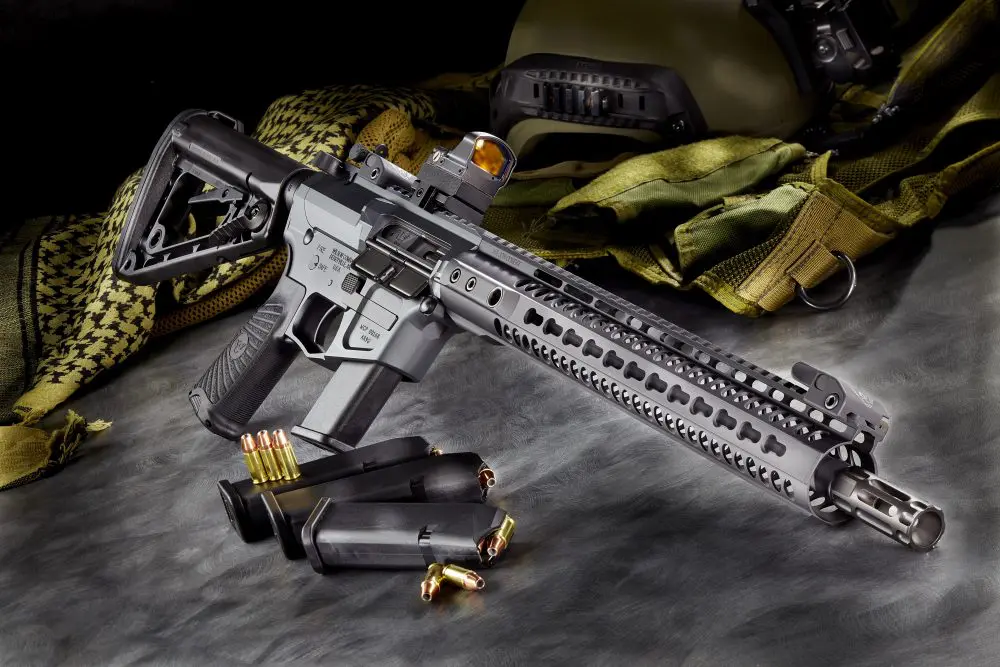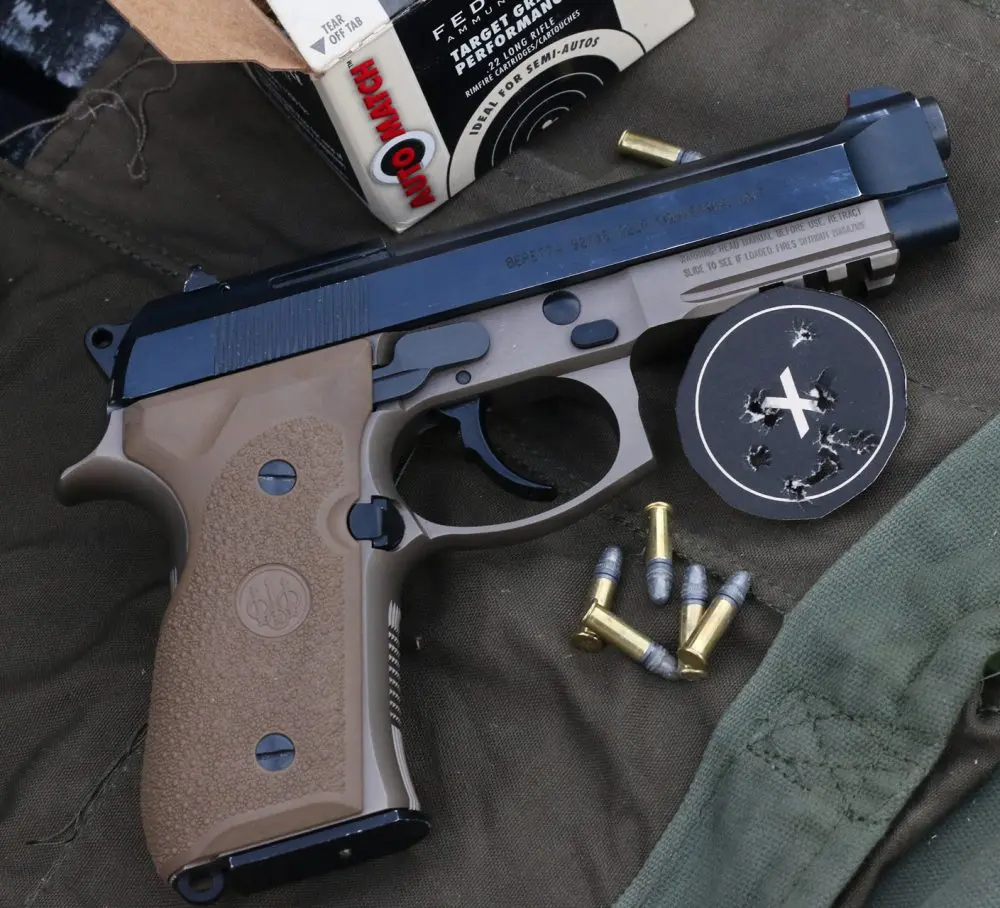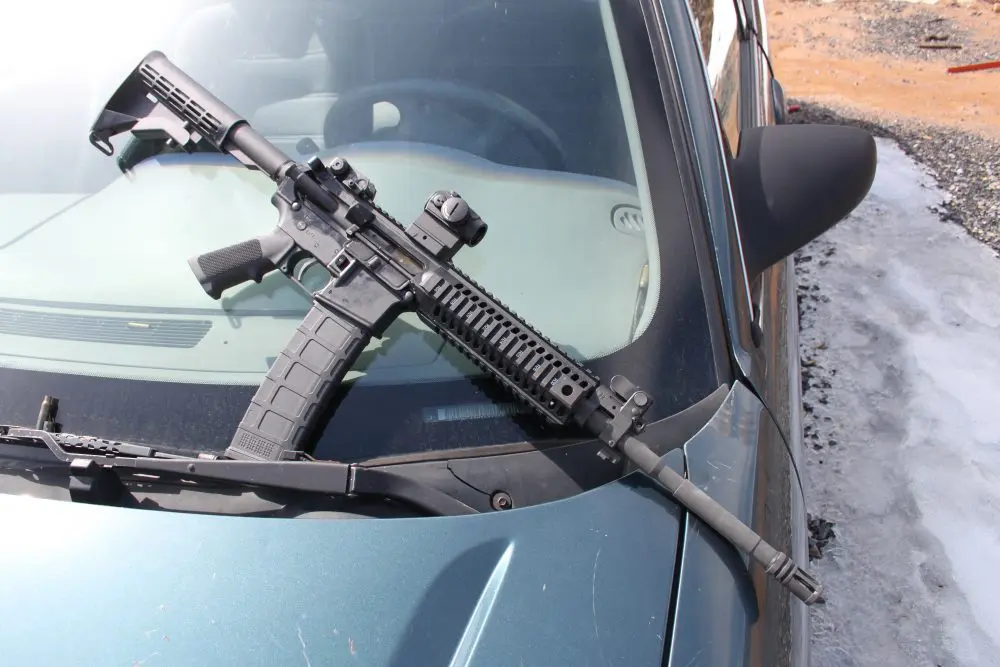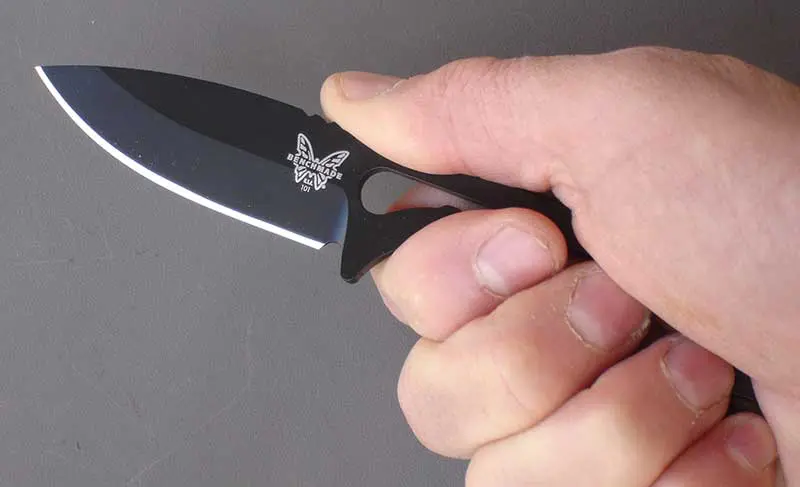There are a lot of hackneyed phrases floating around out there these days.
One of them is, if you practice garbage, after 20 years you’ll end up with perfected garbage. The antithesis to this is, if at first you don’t succeed, try, try again.
And both have validity.
Unfortunately, what Robert the Bruce learned from watching a persistent spider while hiding in a cave doesn’t necessarily apply to the struggling pistolero. When you’re battling to hit the target on a firing range, it doesn’t help to have the local sage tell you to “remember Bruce and the spider”—especially if he doesn’t have any constructive information.
So you apparently have two choices: Wind up with either arachnophobia or a backstop full of expended projectile garbage. Or, as a last resort, you could try a different approach to the problem.
A long time ago, yours truly discovered the hard way that quantity should never supercede quality—at least not when you’re trying to improve your shot placement ability during training sessions. Following a short bout of meningitis, my up-until-then reasonable accuracy and shooting scores plummeted dramatically. So, to reacquire my pre-illness eye-to-hand coordination and marksmanship ability, I did what everybody else does—I expended a lot of time and piles of ammunition to retrain my “muscle memory.”
Here’s some earth-shattering information for anyone who cares: your muscles don’t have a memory. Your brain does. Yes, you can practice on a specific target at a specific distance until you encounter polar bears in the Sahara Desert, but that doesn’t mean that you’re a marksman merely because you’re hitting that particular target. Move the target angle and/or distance, and your projectiles go astray. It’s kind of like meeting an unsuccessful kamikaze pilot: you respect his dedication and commitment, but the results are embarrassing. Move the battleship, and you’re just another blooper of a water geyser in the middle of the ocean—and you don’t get another try to retrain your “muscle memory.”
Most authorities, for some reason, seem to have settled on the magic number of four thousand repetitions of a specific act to supposedly impregnate that action—such as a pistol drawstroke—into one’s synapses and “muscle memory.” Since I’m entitled to my opinion, just like every other moron on the planet, I’ll voice it: you can replace that four thousand figure with forty thousand or even better, four hundred thousand. Authorities and expert opinions are all well and good, but it might behoove the reader to remember that authorities and experts conceived and built the “unsinkable” Titanic.
Reverting back to the original shooting problem, the above diatribe implies that quantity doesn’t replace quality—and it doesn’t fix the inherent problem. All it does is produce a self-delusionary eye-blind.
If, for example, you fire ten rounds and hit the target nine times, you do have a 90% hit ratio. But the bad news is, you have a 10% miss ratio. Not satisfied with that—and rightly so—you decide to crank a bucketful of ammo downrange at the same target, from the same distance. Five hundred rounds later, you have a great-looking target, with the center drilled out in one ragged hole. Unfortunately, like many other things in life, what looks good at first glance isn’t as satisfactory under closer scrutiny.
After totaling the individual bullet perforations that impacted around the periphery of the large central orifice, you find that you fired 50 “loose” rounds out of 500. Surprise, surprise. You still have a 10% miss ratio. So not only have you expended a bunch of ammo, you’re also still stuck with your basic problem. You fire 500 rounds during a training session to maintain a level of ability—not to try to overwhelm a single paper target with an illusionary primary hole.
So what to do?
First, define what is causing the loose rounds, either from personal past experience, or from a knowledgeable friend, acquaintance or instructor. Let’s face it, if you can fling 500 rounds downrange out of a big bore defensive pistol—at a single session—and still maintain a modicum of accuracy, you can probably self-diagnose what the actual mechanical or mental problem is.
Second, do not initially try to improve/correct the issue by launching a plethora of ammunition at the target. Start off with a minimal amount of rounds, and force yourself to have to work for success. In other words, don’t crank off 100 rounds at an IPSC target situated ten feet from your belly button. You know you can hit that accurately, and all you’ll get from that exercise is the joy of busting caps and the satisfying aroma of burnt gunpowder.
How I cured my personal post-meningital accuracy plunge was by self-imposed mental control. Since I was working graveyard shifts at the time, I always had the firing range available during weekday daylight hours. So I forced myself to drive a circuitous, time-consuming route around the city to get to the range, went through the rigamarole of unlocking and relocking the entrance gate and setting up the firing range. And most importantly—and ultimately the primary success element for my personal ballistic rehab—was to take only 25 rounds to the range. Obviously this was other than my carry rounds, which were not to be expended on the range, even if the last of the practice rounds was a miss.
We’ve all been down that route. “Well, I’m not going to quit with a miss, so I’ll hijack one of my carry rounds so I can have the satisfaction of positive reinforcement with a last practice round hit.” Eight misses later, you’re hoping that you’re not going to be assaulted on your way home because you’ve been through half of your carry ammo.
Once I’d achieved the stage of hitting with all 25 rounds, I pushed the tally to a total of 35, then 50, then 100. Each increase in round consumption was implemented only after I was getting the desired results from prior range visitations with a lesser total amount of ammunition. Did I miss the desired mark on occasion? Of course I did—we all do. But the primary successful facet was that I was no longer trying to fix the problem by sending hundreds of rounds of garbage quantity downrange, but instead, substituting quality for quantity.
Several years later, I picked up on an excellent pistol practice drill from Colonel Cooper, which will either perfect your mechanical shooting ability or cause you to mentally self-destruct.
The drill runs thus:
Starting with a holstered pistol, fire one round at an eight-inch target from 25 yards—two-and-a-half second time limit. Plain, simple, and puts together many of the facets of base defensive shooting—and requires the absolute maximum of mental control for each and every shot fired. If this doesn’t work for you, nothing will.
Your alternative is to follow the old adage: “If at first you don’t succeed, try duct tape or give up.”
[Louis Awerbuck is Director of the internationally acclaimed Yavapai Firearms Academy. Course information and schedules are available at their website at www.yfainc.com]

